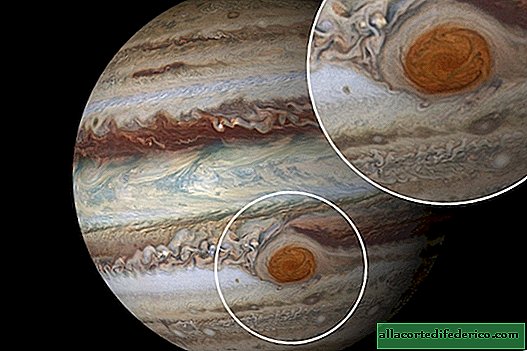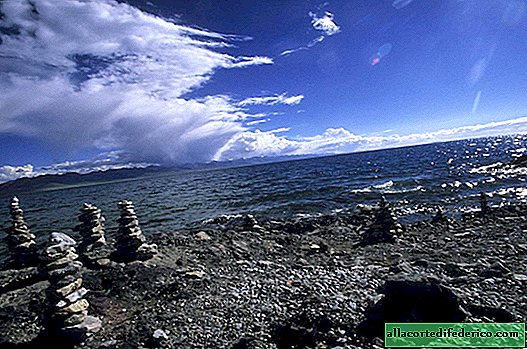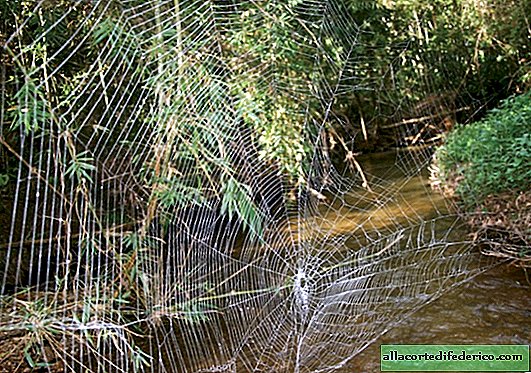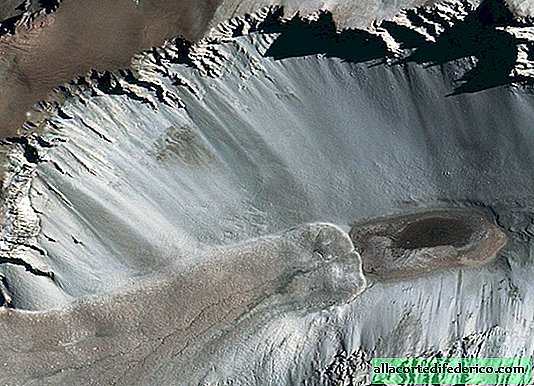Eye of Jupiter: what is hidden behind the red spot on the surface of a giant planet
The huge red-orange spot on the surface of Jupiter makes the planet easily recognizable and is its hallmark. It is noteworthy that this spot was discovered several centuries ago and since then it has always been observed on the surface of the gas giant. But what is this spot that stably and invariably exists in the gas atmosphere of the largest planet in our solar system?

An unusual spot observed by astronomers is called the "eye of Jupiter." Indeed, against the background of thin multi-colored stripes of the planet’s atmosphere, this monotonous spot looks like a huge, slightly eerie eye. Official science respectfully calls it the Great Red Spot. It is so large that it was discovered in the middle of the XVII century, 55 years after the discovery of the planet itself with the help of not the most perfect astronomical equipment. And since then, for more than 350 years, it has been of constant interest among professional astronomers and space lovers.

The red spot has an oval shape and truly incredible sizes. According to astronomers, the size of the object is approximately 45,000 by 13,000 kilometers, which is larger than our planet Earth, whose average radius is only 6.37 thousand kilometers (and the diameter is less than 13 thousand kilometers). But, as scientists note, the spot of Jupiter has noticeably "lost weight" over the past half century, since back in the 60s of the last century it was more round, and the smaller radius was more than 20 thousand kilometers.

Until it became clear that Jupiter is a gas giant, the red spot was considered some kind of formation on the surface of the planet. But since Jupiter did not have a solid surface as such, the question arose again about the nature of this strange object. All that is available for visual observation today is gas flows and clouds, consisting mainly of hydrogen and helium, as well as other elements. The presence of these and other components in the atmosphere of the gas giant was determined using the Galileo spacecraft. But why did such a brightly colored region appear in the planet’s atmosphere that has been stably existing for several centuries?

The Great Red Spot, although the most noticeable object in the atmosphere of Jupiter, is far from the only one. The atmosphere of Jupiter is very dynamic, which is caused by the rapid movement of the planet around its axis, as well as a significant amount of heat coming from the lower denser and hotter layers of this huge gas ball. The clouds in the uppermost layer are in constant motion, and the speed of air masses can reach 600 km / h. Such intense movements form bands having different widths and chemical composition, and, consequently, color. In addition to multidirectional horizontal air flows, atmospheric vortices are formed on Jupiter, and the Big Red Spot is one of them. These are huge hurricanes in size that resemble the same atmospheric systems that exist on Earth. But, given the incredible speeds of atmospheric processes on Jupiter, this vortex is distinguished by amazing stability: the spot only slowly moves parallel to the equator and decreases in size. If other hurricanes form, grow, and then disappear, then the Big Red Spot can always be observed south of the equator of the planet. By the way, in 2008, astronomers observed how the Big Red Spot absorbed into their system another atmospheric whirlwind of a more modest size, which turned out to be in the neighborhood.


















